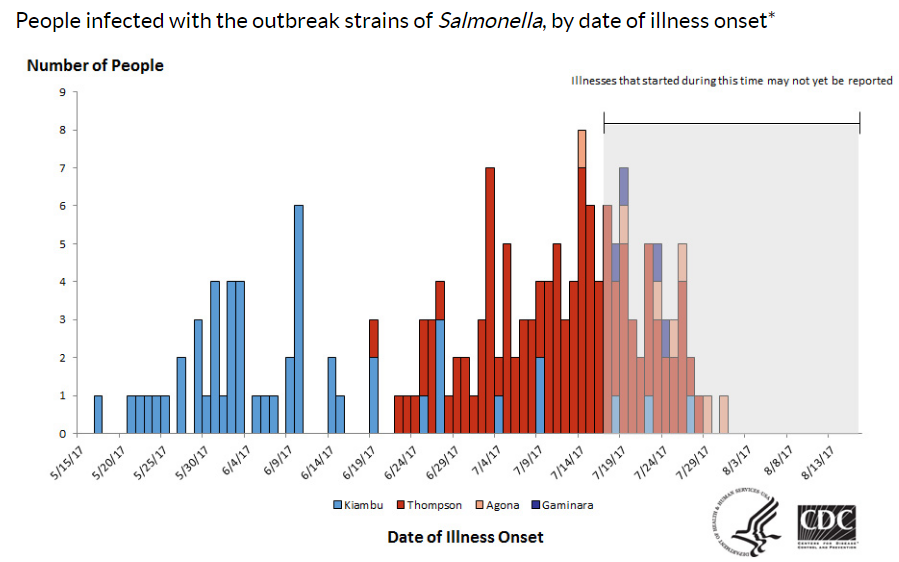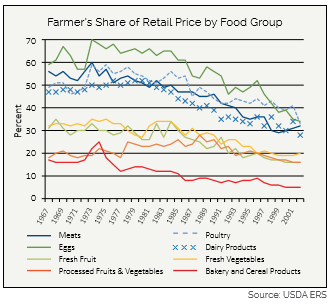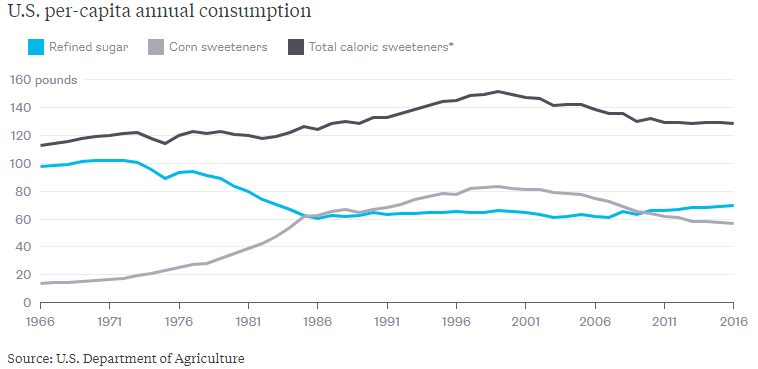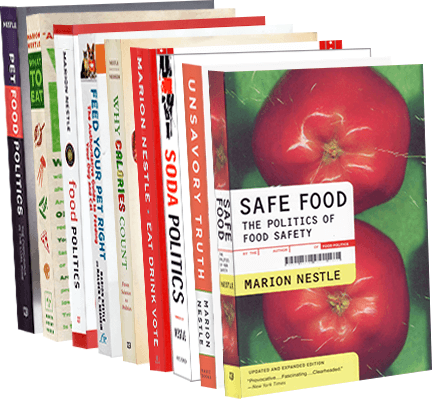Globalization in action: more cheese for pizza in China
Every now and then I see an article that seems like the most perfect indicator of food globalization; this one.
According to FoodNavigator-Asia.com, Fonterra, the New Zealand milk producer, is opening up a new milk production facility in Australia for one particular purpose: to meet the demand for cheese to top pizzas—in China.
Fonterra opened a $240m mozzarella plant to produce individually quick frozen (IQF) mozzarella in Clandeboye, New Zealand, last year, the largest producer of natural mozzarella in the Southern Hemisphere…40% of people in urban China now eat at Western style fast food outlets once a week, and the use of dairy in foodservice has grown by over 30% in five years</i>,” said Jacqueline Chow, COO, Global Consumer and Foodservice, Fonterra.
Where to begin?
- Dairy cattle in New Zealand have replaced the sheep. The green sheep meadows are disappearing. Formerly pristine waters are now polluted. Why not in Australia too?
- The Chinese population is largely intolerant to lactose, the sugar in milk. They can eat dairy products, but should they?
- Does anyone else think that replacing the traditional Chinese diet with heavily cheesed pizza might not be the best idea?
- Does anyone else find this mind-boggling?





